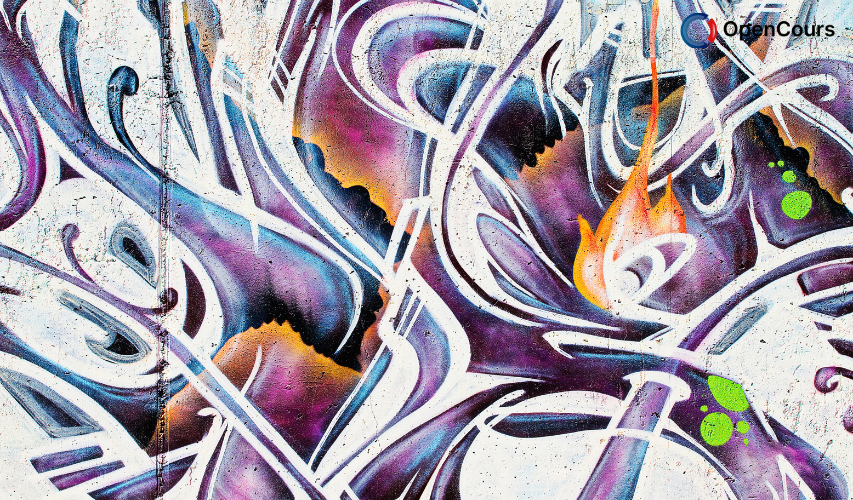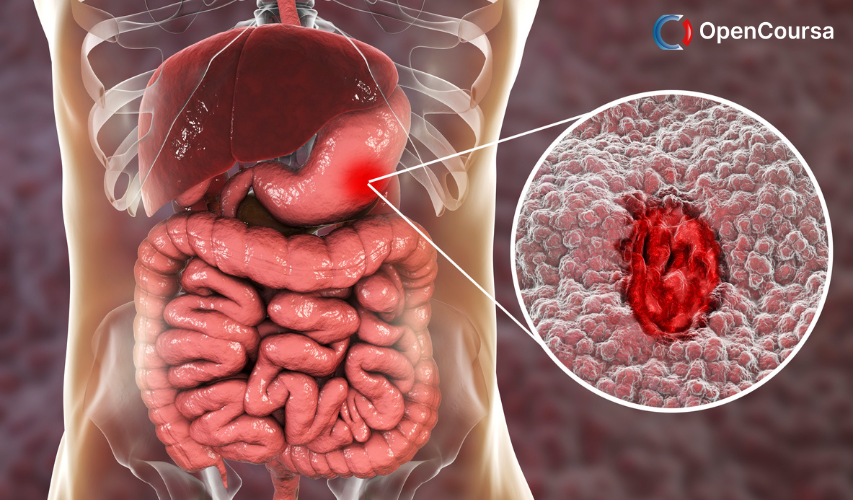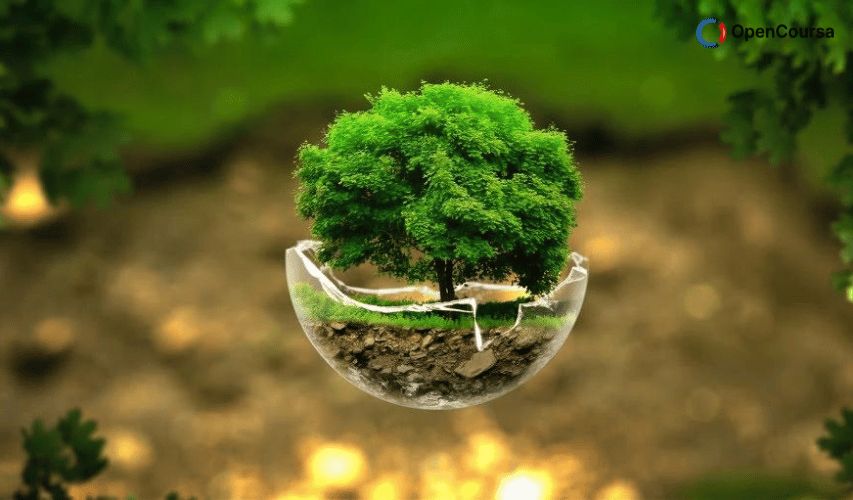Home » Course Layouts » Free Course Layout Udemy
This course looks at the process of design, from assessing the complexity of design as an activity to exposing the difficulty in making general conclusions about how designers work. You will be able to identify innovation in a wide variety of designed objects and evaluate the impact of this innovation.
0
5
English
English [CC]
FREE
- Learn basic syntax that can apply to any language.
- Learn what is a programming language and the basic concepts for beginners.
- Understand what is Javascript in it's truest form.
- Know the basic syntax of Javascript.
- Know some hidden quirks in Javascript.
Description
Introduction
This course looks at the process of design – from assessing the complexity of design as an activity, to exposing the difficulty in making general conclusions about how designers work. You will be able to identify innovation in a wide variety of designed objects and evaluate the impact of this innovation.Course learning outcomes
After studying this course, you should be able to:- recognize that functional artifacts have had input from a designer, with greater and lesser degrees of engineering input
- identify that engineering designers work within constraints of finance, materials properties, desired functionality, human factors, etc.
- understand that design exploits model of the product being designed, whether those models are physical mock-ups, computer-based models, or mathematical models which explore an element of the product’s performance
- understand that there is rarely a unique solution to any design problem. Part of the skill of a designer is in finding a problem-solution pair, and the best compromise
- understand how models of the design process are formulated, and how they can be applied to understand the development of a particular product or product family.
Course content
-
- Design and designing 04:00:00
-
- Design and innovation 1: the plastic kettle 01:00:00
- Models of the design process 03:00:00
- Concept to prototype 02:00:00
- Conclusions 02:00:00
N.A
- 5 stars0
- 4 stars0
- 3 stars0
- 2 stars0
- 1 stars0
No Reviews found for this course.
Instructor
Open University UK
4.8
4.8
14
43384
1068
Explore Free Courses
Access valuable knowledge without any cost.
{"title":"","show_title":"0","post_type":"course","taxonomy":"course-cat","term":"engineering-skills,health-and-safety","post_ids":"","course_style":"free","featured_style":"course6","masonry":"","grid_columns":"clear4 col-md-3","column_width":"268","gutter":"30","grid_number":"4","infinite":"","pagination":"","grid_excerpt_length":"20","grid_link":"1","grid_search":"0","course_type":"","css_class":"","container_css":"","custom_css":""}










